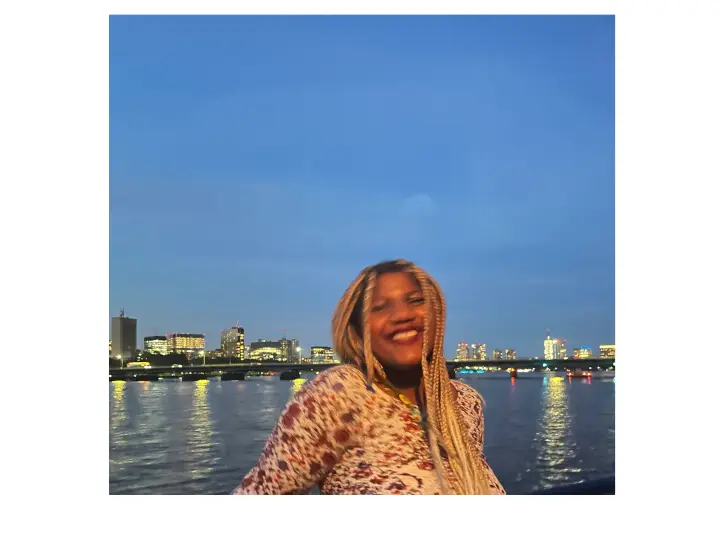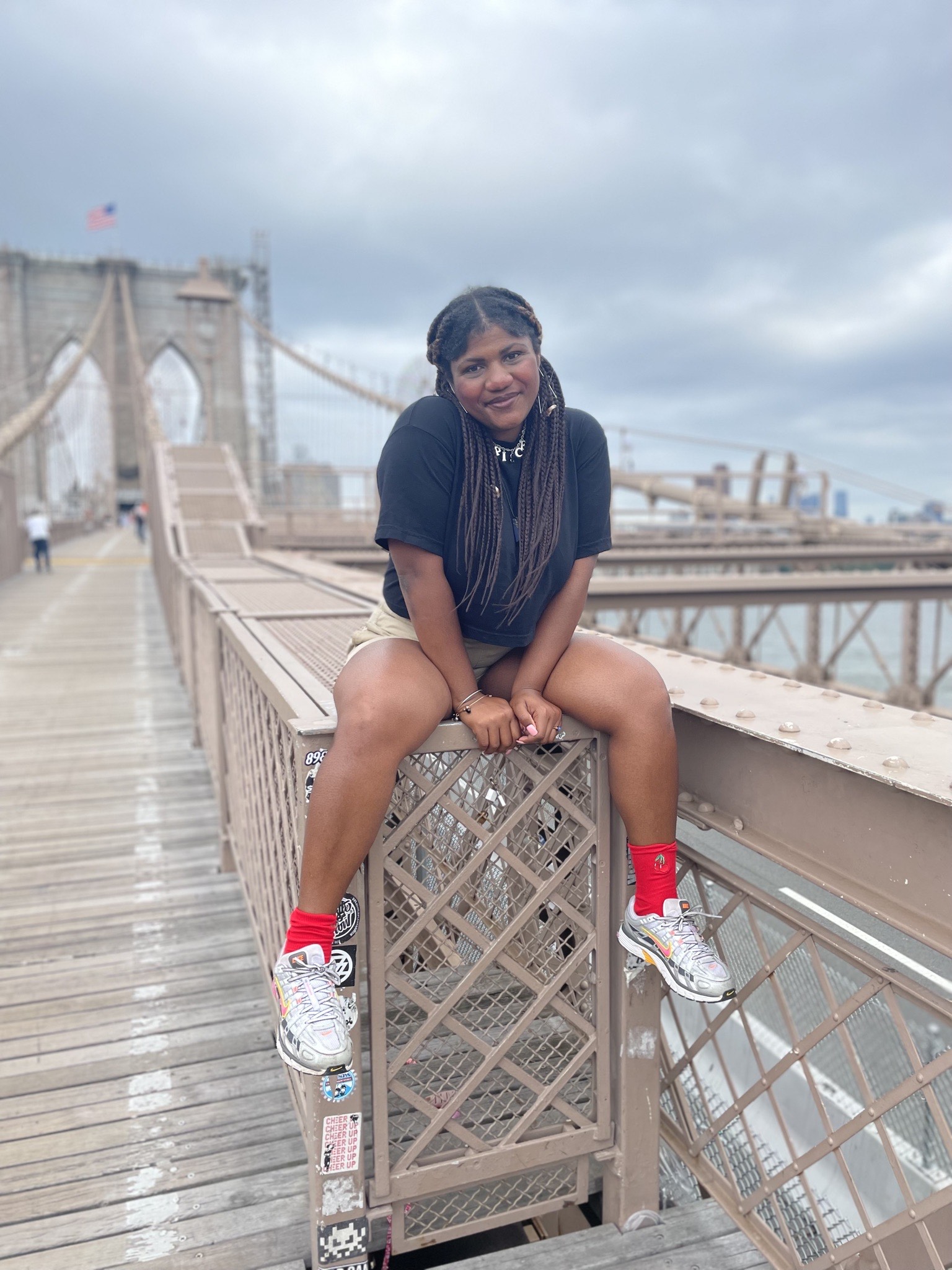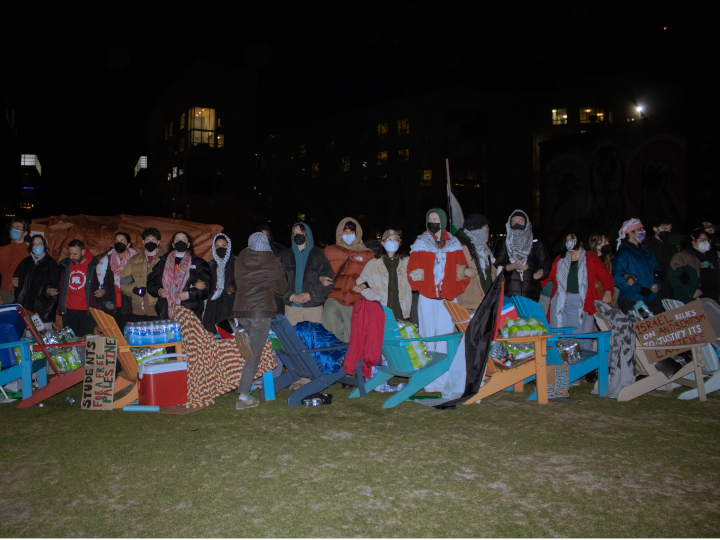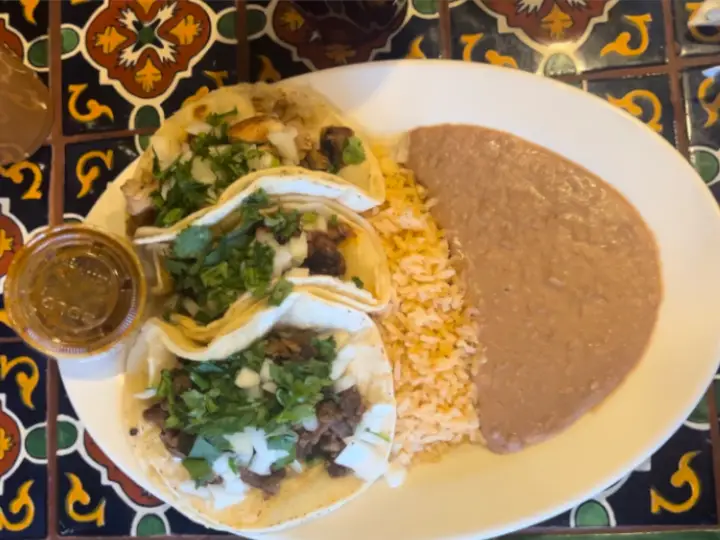Where do we go next when traditional media is becoming increasingly obsolete?
As of writing this, the journalism industry is in shambles. VICE, a long-time favorite publication of mine since I was 14, is closing. Karl Bode for TechDirt writes in a scathing analysis “that [VICE] was run into the ground by a rotating crop of utterly incompetent trust fund failsons who created unrealistic, hype-fueled company valuations, hoovered up exorbitant salaries, implemented numerous incoherent strategy pivots, and set giant piles of money on fire on a rotating crop of increasingly stupid ideas.”
Buzzfeed News, a place I dreamed of working for, shut down last year due to “revenue problems,” and The LA Times infamously laid off 20% of its newsroom this year for similar reasons. It was “the largest reductions in the history of the 142-year-old institution,” according to Meg James, a senior entertainment writer at the LA Times. But the LA Times isn’t the catalyst; countless newsrooms and digital publications, big or small, are cutting staff or shutting down entirely for the past 10 years.
Last year, in 2023, media job losses were up 50%. Ezra Klein, a political journalist, writes in the New York Times that there’s no middle ground for media professionals anymore. “You can thrive being very small or very big, but it’s extremely hard to even survive between those poles.” This also applies to the literal geography of the United States, with the media hubs being concentrated between Los Angeles and New York City—while reporters in middle America are left completely isolated.
Independently run nonprofit journalism is, of course, suffering as well. Jason Pramas, executive director of the Boston Institute of Nonprofit Journalism (and my editor), told Nieman Lab in an interview that “there are haves and have-nots in the nonprofit journalism space. And this isn’t right.” Popular nonprofits like the Associated Press and ProPublica are more able to support their staff and operations due to heavy donations—donations that the majority of nonprofits are not receiving. Thus begins the shuttering of windows to independent journalism. Combined with paltry wages across the field, unless you’re in the top percentile of earners in the field, it seems there is no place for young journalists to find their footing in the industry.
For most journalists starting out in their careers who don’t come from generational wealth, taking up journalism as a career is a risky move, especially for underrepresented minorities like myself. Who can survive on the $15–20 an hour a full-time internship might offer? Let alone perform free labor for publications that can’t afford to pay writers anything at all? But without clips, you can’t grow in the field to eventually write for bigger publications, which means bigger earning potential.
It doesn’t help that Ivy League colleges and graduate programs are feeders for prestigious publications like the New York Times and the Washington Post. A 2018 Journal of Expertise study found that “only a handful of select schools feed the mastheads of the New York Times and the Wall Street Journal.” A number of the staff employed at these newsrooms come with pedigrees from Yale, Harvard, Brown, and Columbia, to name a few. While it’s not a requirement to technically have any degree to start reporting, it’s an undeniable reality that elite education certainly can jump-start one’s careers, which usually requires more money and support to put yourself through one of these schools—a luxury that many young BIPOC journalists don’t have.
It’s been said that journalism has become a rich kid’s hobby, a work of passion. Like most creative pursuits, the job comes with high risk and high reward and is also criminally undervalued. As much of a dream job it would be, I currently cannot support myself on my writing alone. I work a 9-to-5, which probably pays way better than most publications and newsrooms have to offer. So journalism will have to stay a hobby, unless I can somehow get lucky and make a big break.
Niya Doyle is a HorizonMass reporter and a recent graduate of Boston University. She loves music, cats, and baking.






